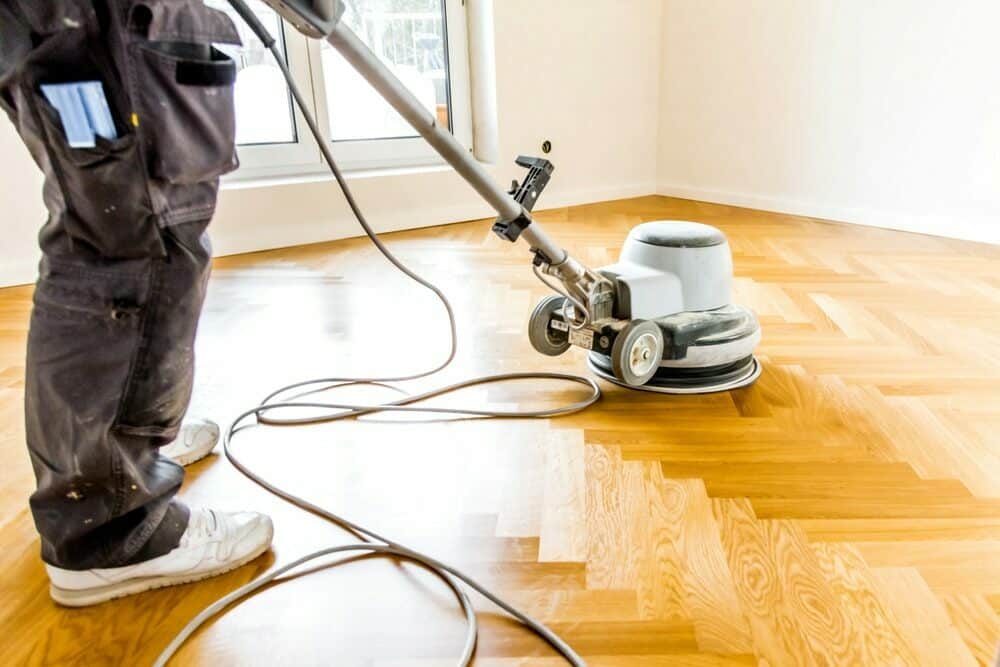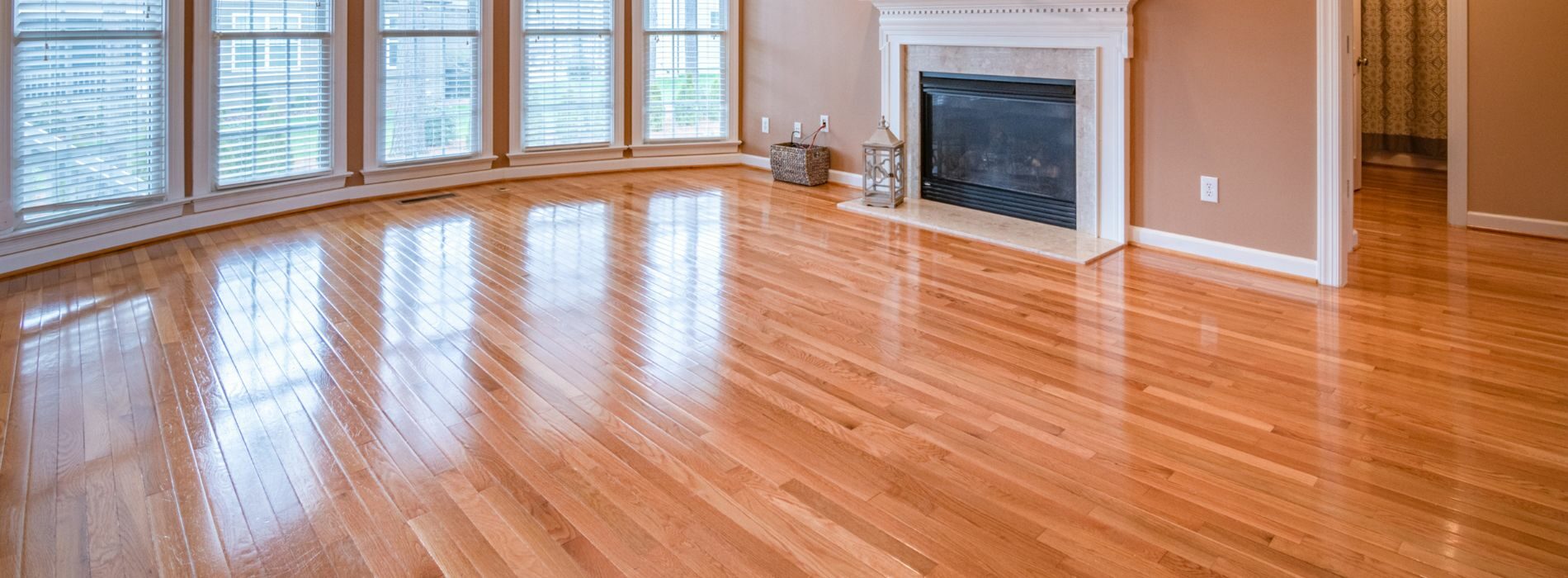London:
Nationwide:
Best Practices for Orbital Sanding Techniques
Posted on August 26, 2023
Floor sanding techniques
Mastering Orbital Sanding: A Craftsmanship Guide
There’s a particular allure to crafting, especially when it involves turning the raw and rough into the refined and elegant. While it’s no sprawling countryside or heartfelt narration, the art of sanding, particularly with orbital sanders, bears its own charm. Yet, much like any sophisticated art form, mastery of the medium requires nuance and understanding. The palette in this craft? Wood. The brush? The orbital sander And the artist? Well, that’s you. Let’s embark on a journey into the world of orbital sanding techniques, a journey where every grain and every motion matter. With a gentle nod to the grace and poise of the British craftsmanship tradition, I wish to delve into the best practices that have been refined over generations.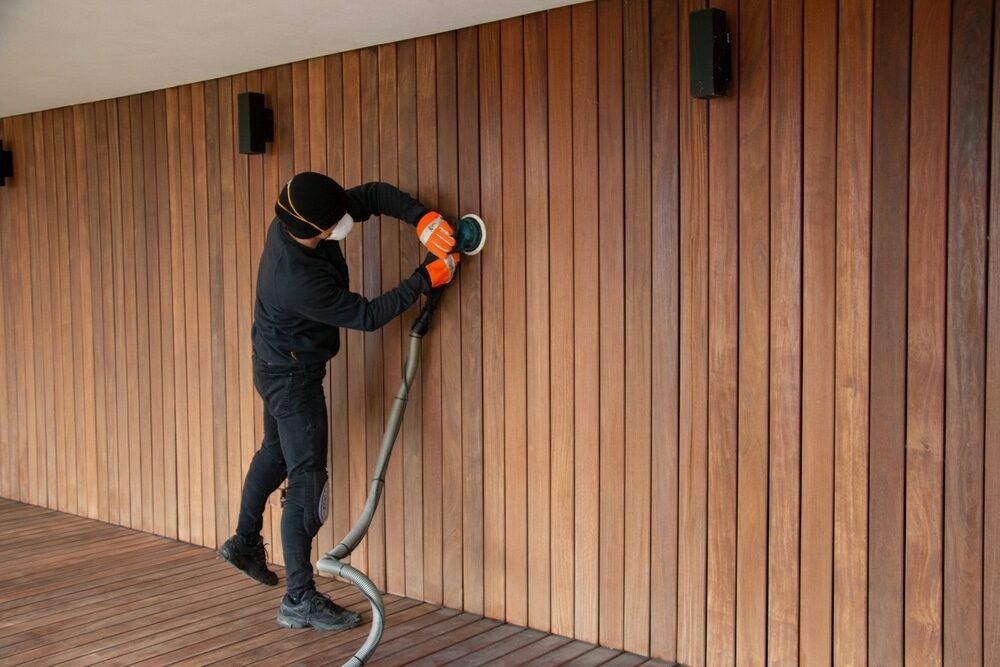
1. Understand the orbital sander
First and foremost, one must understand the tool at hand. An orbital sander moves in a random orbit, meaning its sanding disc spins in a circle while the whole pad moves in an elliptical orbit. This random orbit action prevents repetitive patterns on the surface, providing a finer finish than traditional rotating-only sanders.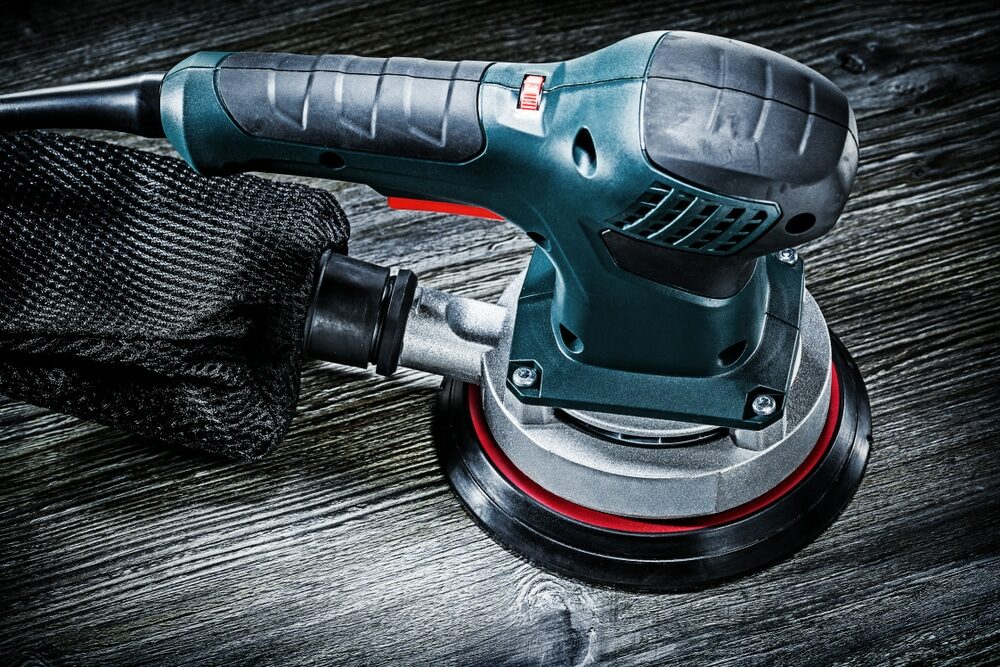
2. Choose the Right Sandpaper
Ah, the sandpaper—the unsung hero. It’s tempting to use whatever grit’s at hand, but remember: refinement lies in choice. Begin with a coarser grit for initial sanding, especially for uneven or painted surfaces. Gradually transition to finer grits (higher numbers) as you approach your desired smoothness.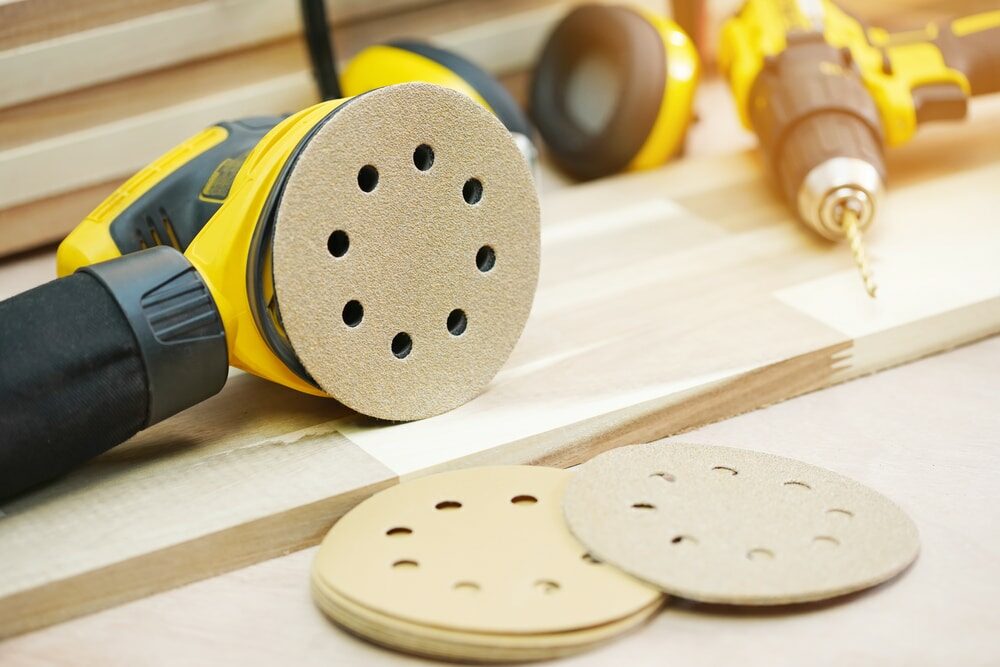
3. The Gentle Art of Pressure
Sanding requires touch. Pressing down hard might seem like the faster route, but doing so might damage the wood or the machine. Let the sander’s weight guide you and listen to its rhythm. If it’s labouring, you’re pressing too hard.4. Moving with Grace
A rhythmic, steady movement is key. Move the sander parallel to the grain of the wood. Ensure that each pass slightly overlaps the previous one to prevent unsightly marks. It’s akin to painting a landscape, where each stroke complements its predecessor.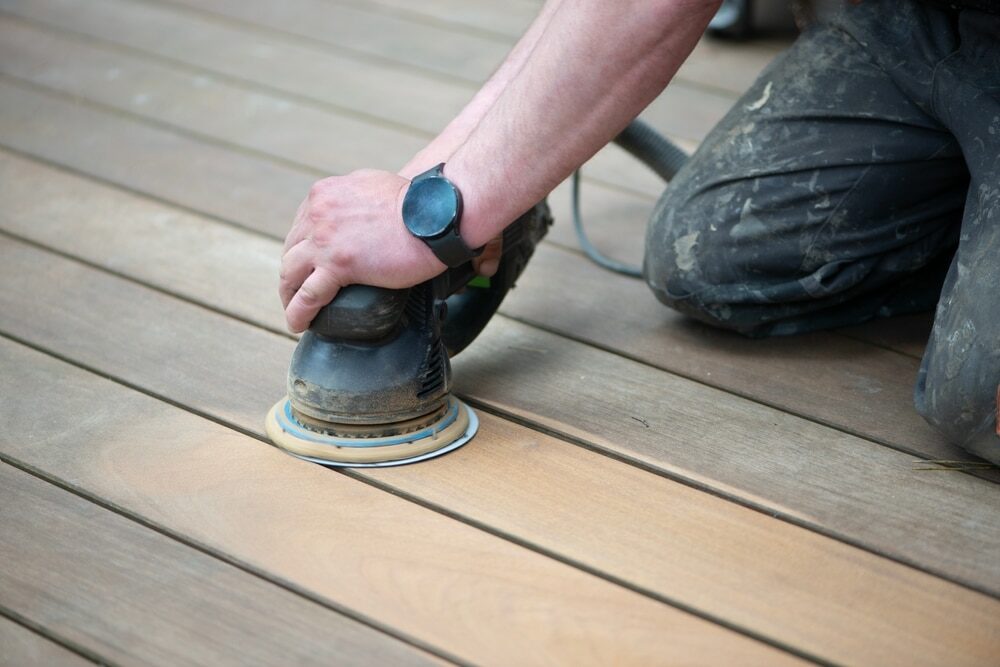
5. Keep it dust-free.
Dust may seem inconsequential, but in the world of sanding, it’s the equivalent of a sudden rain on a fresh canvas. Always use a dust extraction system, or at the very least, regularly vacuum the work area. It maintains a clean environment and prevents the sander from clogging, ensuring a smoother finish.6. Mind the Edges
Edges are the fragile borders of our creation. Approach them with caution. Avoid tilting the sander or spending too much time in one spot. Instead, opt for hand sanding or a smaller detail sander to finesse these areas.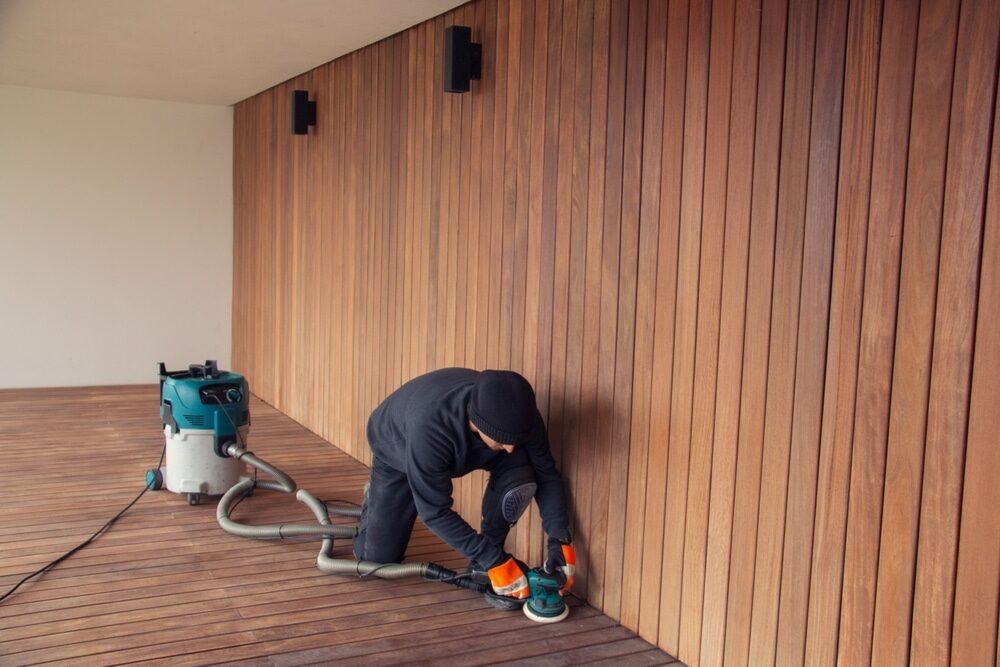
7. Regularly check your progress.
In the passionate throes of creation, it’s easy to lose yourself. But do stop occasionally. Feel the wood, assess the smoothness, and check for consistency. Your fingertips can tell you more than your eyes can see.8. Maintaining Your Orbital Sander
The sander is not just a tool; it’s an extension of your artistic intent. Regularly check its pad for wear and replace it when necessary. Clean the vents and ensure the dust collection system functions properly.9. Finishing Touches
Once you’ve achieved the desired smoothness, wipe the surface with a damp cloth to remove any lingering dust. If staining, apply a pre-stain wood conditioner to ensure even absorption.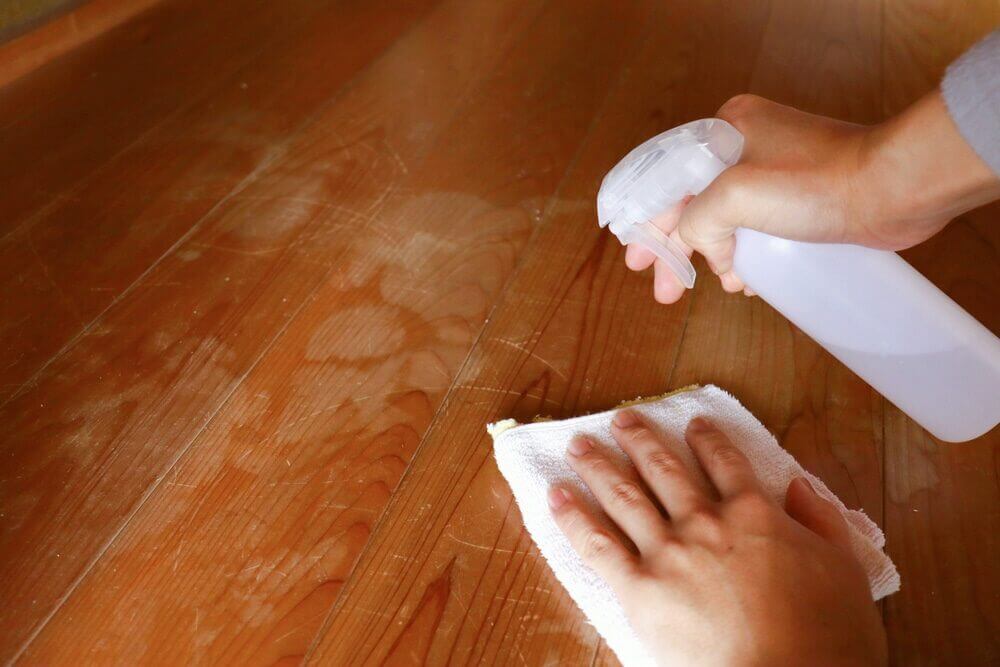 Understanding Wood Grain
To truly master the use of an orbital sander, one must first be attuned to the nature of wood itself. The grain of the wood isn’t merely a pattern to be observed; it’s a roadmap that guides the artisan’s hand. Different woods have different grains and, hence, varying characteristics. For instance, oak has a strong, pronounced grain, while maple offers a more subtle pattern. Understanding these nuances can significantly enhance the efficacy of sanding.
Safety First and Always
Sanding, while seemingly harmless, does present potential hazards. Always wear safety goggles to protect your eyes from wood particles. A dust mask is also essential for comfort and preventing the inhalation of fine wood dust, which can be harmful over prolonged periods. Moreover, noise can be a forgotten concern in the immersive sanding world. Consider ear protection, especially during lengthy sanding sessions.
Understanding Wood Grain
To truly master the use of an orbital sander, one must first be attuned to the nature of wood itself. The grain of the wood isn’t merely a pattern to be observed; it’s a roadmap that guides the artisan’s hand. Different woods have different grains and, hence, varying characteristics. For instance, oak has a strong, pronounced grain, while maple offers a more subtle pattern. Understanding these nuances can significantly enhance the efficacy of sanding.
Safety First and Always
Sanding, while seemingly harmless, does present potential hazards. Always wear safety goggles to protect your eyes from wood particles. A dust mask is also essential for comfort and preventing the inhalation of fine wood dust, which can be harmful over prolonged periods. Moreover, noise can be a forgotten concern in the immersive sanding world. Consider ear protection, especially during lengthy sanding sessions.
 The importance of a good work environment
Your workspace plays a pivotal role in the quality of your output. A well-lit environment ensures that you can spot any imperfections or missed areas. Additionally, a sturdy workbench or table that can securely hold your piece is crucial. Any wobbling or instability can mar the finish and pose safety risks.
The art of hand sanding
While the orbital sander is a marvellous tool, sometimes it’s the touch of one’s hand that truly brings out the essence of the wood. For intricate details or delicate areas, hand sanding can provide the control and precision that machines can’t. Invest in a good set of sanding blocks or sponges, and remember to move with the grain, just as with the orbital sander.
The Dance Between Grits
Earlier, we discussed the importance of choosing the right sandpaper grit. But understanding the dance between grits is just as vital. Moving too quickly from a coarse to a fine grit can be counterproductive. Instead, progressively ascend, allowing each grit to adequately smooth the scratches of its coarser predecessor. It’s a gradual journey, not a leap.
By embracing these additional insights and techniques, you’ll not only be refining your skill with the orbital sander but also deepening your connection with the very essence of woodworking.
The importance of a good work environment
Your workspace plays a pivotal role in the quality of your output. A well-lit environment ensures that you can spot any imperfections or missed areas. Additionally, a sturdy workbench or table that can securely hold your piece is crucial. Any wobbling or instability can mar the finish and pose safety risks.
The art of hand sanding
While the orbital sander is a marvellous tool, sometimes it’s the touch of one’s hand that truly brings out the essence of the wood. For intricate details or delicate areas, hand sanding can provide the control and precision that machines can’t. Invest in a good set of sanding blocks or sponges, and remember to move with the grain, just as with the orbital sander.
The Dance Between Grits
Earlier, we discussed the importance of choosing the right sandpaper grit. But understanding the dance between grits is just as vital. Moving too quickly from a coarse to a fine grit can be counterproductive. Instead, progressively ascend, allowing each grit to adequately smooth the scratches of its coarser predecessor. It’s a gradual journey, not a leap.
By embracing these additional insights and techniques, you’ll not only be refining your skill with the orbital sander but also deepening your connection with the very essence of woodworking.
In Conclusion
Sanding is more than a mere task; it’s a dance between the craftsman and the canvas. An orbital sander, with its gentle randomness, offers an impeccable finish. Yet, as with any dance, it requires understanding, patience, and a touch of grace. As you embrace the techniques outlined above, may your foray into orbital sanding be as mesmerising as a Hal Riney narration, capturing the heart and soul of British craftsmanship. Let the wood whisper its tales, and may your hands, guided by the best practices, give it a voice.Some Useful Links:
- Stairs Sanding & Refinishing
- Floor Sanding Services
- School Floor Sanding
- Wood Floor Restorations
- Wood Floor Repairs
- Wood Floor Polishing
More from our Blog:
How to Choose the Right Orbital Sander for Floor Sanding The Pros and Cons of Orbital Sanding for Floor Restoration Understanding the Mechanics of Orbital Sanding How to Choose Between Drum Sanding and Hand Sanding of Wooden Floors The Most Effective Drum Sanding Techniques for Removing Scratches The Safety Precautions to Take When Using a Drum Sander for Floors How to Achieve a Smooth and Even Finish with a Drum Sander How to Choose the Right Abrasive Grit for Drum Sanding Floors
Sanding
We provide virtually dust-free sanding with our continuous belt machinery with mobile extraction units, giving you a safer environment for your family.
Oiling
This organic finish not only adds beauty to your home but also has exceptional water-repellent characteristics, making it easier to clean and maintain.
Waxing
This natural floor finish offers the softest and most mellow appearance – and leaves your floor able to breath.
Buffing
Using soft buffing machines (and hand-polishing where required) will bring a wonderful sheen to your newly-finished floor.
Repairs
We offer a full assessment of your wooden floors to determine what repairs are needed to provide the perfect working surface for the later stages of sanding, staining and sealing.
Restoration
We offer a comprehensive restoration process designed to address floors that are improperly fitted or damaged over time through wear and tear.
Request a fixed price quote for your wood floor restoration now
Simply enter your postcode below to get started.
Services
Wood Floor Sanding Wood Floor Restoration Wood Floor Scratch Repair Squeaky Wood Floor Repair Parquet Floor Sanding Parquet Floor Restoration Commercial Floor Sanding Church Floor Sanding Community Centre Floor Sanding School Floor Sanding Gap Filling Gap Filling with ResinCopyright © Mr Sander®
Privacy & Cookies Terms & Conditions Complaints Procedure Cancellation Rights Sitemap